Round-UpA Rich Reserve: 10 Remarkable Watches With A Huge Power Reserve
For a mechanical watch—automatic or manual-winding—to offer a significant power reserve is rather commendable, and quite an advantage for many. Let’s have a look at 10 watches that go the extra mile to offer an above-average reserve of power
May We Recommend
The power reserve indicator is often an ignored part of watches that have it. It’s usually just a reference point—something to remind you when your watch needs to be wound. Of course, it goes without saying that if your watch stops, it’s enough of an indicator that it needs to be wound, but that also requires you to set the correct time again. Especially in the case of manual-winding watches, it can be quite annoying if you’ve forgotten to wind your watch—despite having a winding schedule otherwise—and it stops even as you’re wearing it. Wearing a watch that has stopped means you don’t have the time on your wrist when you need it. Worse is if you don’t even realise it, and you miss a meeting, a call, or even some live event on television for that matter.

In automatic watches, on the other hand, missing out on things is far less likely (if you do wear your watch regularly that is), which means that it’s being wound constantly as your wrist moves. The problem arises when you leave your watch on your nightstand, for instance, and it eventually runs out of power and stops with no warning. It’s not like a power reserve indicator watch is going to give you warning bells or notifications like a cellphone or a laptop, but once you get used to having your watch’s power reserve displayed, it will most likely become a habit to glance at it every time you look at your watch. So when the indicator is teetering on the lower side, you know it’s best to wind the crown or give it a little shake to keep time going.
When you wind your watch, you’re basically winding up or ‘tightening’ the mainspring, which powers the movement as it unwinds. So a power reserve indicator is basically a scale that shows the state of how unwound a mainspring is. The scale can be linear or circular. It can be marked to indicate hours or days of power reserve, or simply marked like a fuel gauge on a car dashboard, with markers such as ‘high’ and ‘low’, or ‘up’ and ‘down’, instead of ‘F’ (full) and ‘E’ (empty). Now, most mechanical watches offer a power reserve of about 36 to 48 hours, with 42 hours probably being the most common. If a watch can run for more than two complete days without winding, it’s a feature worth mentioning. Here we showcase 10 such watches, which display their reserve right on the dial.
Power reserve: 10 days
Bovet Fleurier Virtuoso VIII Chapter Two
Presented in Bovet’s signature Fleurier case, which features a bow with the crown at 12 o’clock, the Virtuoso VIII Chapter Two also borrows from Bovet’s Dimier collection. It’s the first Bovet Fleurier watch to have the inclined case—the kind you’d only see in Dimier watches otherwise. This watch has been called ‘the ultimate expression of artisanal watchmaking, decorative arts, mechanical ingenuity, and innovation’ by the brand. With exceptional attention to detail, the open-worked parts showcase the chamfering and polishing of the steel plates, as well as the circular côtes de Genève pattern. The tourbillon cage at six o’clock is elevated above that plane, and is set on a titanium bridge, which helps keep the weight of the tourbillon constriction down, while also enhancing the anti-magnetic property of the entire mechanism. While the rotating tourbillon serves as the small seconds—as it ususally does—the hour and minute hands are elevated further, lending the display even more depth. At two o’clock, you’ll see the large date display on a sub-dial made of aventurine glass. Mirroring that, is another sub-dial at 10, which indicates the massive reserve of power that this watch offers. The huge 10 days of power can be generated and stored by the manual-winding calibre 17BM06-GD, with just a single barrel, which is phenomenal. You can see more of this fantastic movement on the reverse through the display caseback. This 44mm case in 18-karat red gold is water-resistant to 30m.
Power reserve: 10 days
Oris Big Crown ProPilot Calibre 111
Among Oris’ annual in-house, manufacture movements, the 111 is one of the brand’s several calibres that offers an impressive 10-day power reserve. Indicated via a patented non-linear display at three o’clock, the power reserve display in this watch comes in addition to a date and small seconds at nine. With large Arabic hour numerals, and the titular big time-setting crown, this is a classic aviation timepiece. It is housed in a 44mm steel case, water resistant to 50m, with a domed glass in sapphire crystal, and a mineral glass caseback that gives you a view of the highly efficient manual-winding calibre. The watch comes with a dial in grey or blue, and is paired with a brown crocodile leather strap or a steel bracelet.
Power reserve: 10 days
Panerai Luminor GMT 10 Days—44mm
Offering a whopping 10-day power reserve, this is a classic Panerai—completely unassuming, yet very iconic. Set within a 44mm steel case, in the signature cushion-shaped structure of the Luminor series, along with its crown protector, is an automatic calibre P.2003 that can be seen through the display caseback. The classic Panerai ‘sandwich’ dial, in blue, features the 24-hour indicator with am-pm at nine o’clock along with the small seconds, and the date at three. The GMT hand is the third central hand with an arrowhead pointer. With luminous markers, numerals and hands across the dial, the linear power reserve indicator is seen towards six o’clock. This watch is water-resistant to 100m and comes fitted with a blue leather strap that complements the dial.
Power reserve: Eight days
Arnold & Son Eight-Day Royal Navy
Inspired by marine chronometers of the 18th century, and particularly those that were commissioned by King George III of Great Britain, this is the Royal Navy. It’s in keeping with the brand’s DNA itself, which is steeped in the values celebrated English watchmaker from that era, John Arnold and his son. The vintage-inspired aesthetic is quite apparent, even though this is very much a contemporary watch. Details such as the stepped construction of the case and the cambered sapphire crystal glass provide a highly nuanced appeal, not to mention the gorgeously blue guilloche dial that presents an almost wavy, sunburst pattern. The 43mm steel case, with lug inserts, is complemented by the shapely applied indexes and hands on the dial. Roman numerals would have been better suited to complete the marine chronometer look of the watch, but the indexes are elegant as well. The small seconds and date at six and the power reserve indicator at 12 make for a very balanced layout. The high power reserve can be attributed to the twin barrels that make the in-house A&S1016 calibre a power horse of a movement. Decorated with radial Geneva stripes, chamfering on the edges and fine polishing—this beautiful movement can be seen through the display caseback. The 30m-water-resistant case comes fitted with a steel bracelet, with brushed and polished links. There is also a version that comes with a calfskin strap in blue to match the dial.
Power reserve: Eight days
Parmigiani Kalpa Hebdomadaire
French for ‘weekly’, ‘hebdomadaire’ in the name of this watch indicates that it needs to be wound only once a week. Parmigiani have been a little modest though, since this timepiece actually offers a power reserve of eight full days when fully wound. So the fact that this is a manual-winding piece isn’t that much of a factor for those who are more comfortable with automatics. The power reserve indicator can be seen prominently at 12 o’clock, presented on a scale from ‘H’ to ‘B’ (‘haut’ to ‘bas’, or ‘high’ to ‘low’ in French). Parmigiani’s signature wide date window can be seen below it. On the other end is the small seconds sub-dial, with snailed detailing. And while the centre of the dial features an opaline finish, around it is a ‘tresse’ or braided pattern in guilloche. Rose gold-plated indexes and delta-shaped hands with luminescence complete the dial. Complementing these details is the 18-karat rose gold Kalpa case—originally designed by brand founder Michel Parmigiani, who sought to create something ergonomically perfect for any wrist size. Measuring 42.3mm by 32.1mm, the case is water-resistant to 30m, and comes with a sapphire crystal glass and caseback. It comes affixed with a black Hermès alligator leather strap and an 18-karat rose gold buckle.
Power reserve: Seven days
Czapek Quai des Bergues
Among the first few watches created for the Czapek brand revival since 2016, this Quai des Bergues watch borrows directly from the work of the original brand’s founder, François Czapek. Hence, it is named after the street where the founder had his atelier—the Quai des Bergues, Geneva. It was his reference 3430 (circa 1850) in particular that inspired this watch, with elements such as the Roman numerals, as well as the fleur-de-lis hands, and especially the sub-dials on the lower half. Easily the most distinguishable part of the watch, these sub-dial are for the small seconds between seven and eight o’clock, and for the indication of the huge seven-day power reserve, between four and five o’clock. This ingenious power reserve indicator can also double as a day display, if you wind the manual-winding watch fully at the beginning of Sunday. The two-headed hand points to the number of days of power on one end, and on the seven days of the week on the opposite side. You can hence see how the watch unwinds through the week from Sunday to the following Saturday. The double-barrel calibre SXH1 makes all this possible. It can be seen, with all the sandblasting on the bridges, hand-finishing of the angles, etc, through the display back of the 42.5mm case, which comes in rose gold or steel. The gold edition with a white enamel dial won the ‘public prize’ at the 2016 GPHGs (Grand Prix d’Horlogerie de Genève).
Power reserve: Seven days
H. Moser & Cie. Endeavour Perpetual Calendar
This critically-acclaimed, award-winning timepiece from the house of H. Moser & Cie. is always spoken of because of its excellent execution of the perpetual calendar complication, with its stunted month indicator hand. However, not only does it do a brilliant job with the hour markers doubling as month markers, and the leap year indicator on the caseback, it also offers a tremendous power reserve—a minimum of seven days. This is displayed at nine o’clock, showing the reserve to be ‘up’ or ‘down’. The manual-winding HMC 341 calibre is housed in a 40mm white gold case, with a sapphire crystal caseback. With the date at three o’clock, and small seconds at six, the watch comes with a fumé gradient dial in grey, and a brown alligator leather strap.
Power reserve: Seven days
IWC Portugieser Automatic
A bestselling line from IWC’s stellar repertoire, the Portugieser collection has always had a lovely offering of dress watches that can also lend themselves to a slightly more casual appeal. This one comes with a dial in the classic watchmaking hue—a brilliant blue, with a sunray finish, and with applied Arabic numeral indexes and leaf-shaped hands that complement the 42.3mm steel case. Having equipped this watch with the automatic calibre 52010, IWC promise that it will run accurately and reliably for a complete 168 hours, or seven days. The reserve of power is indicated at three o’clock, with a small seconds sub-dial at nine completing the bi-compax layout. Additionally, there is a date window at six. Fitted with a black alligator leather strap to match the dial, the case is water-resistant to 30m and comes with an exhibition caseback and a convex sapphire crystal glass.
Power reserve: Five days
Meistersinger Circularis Black Line
MeisterSinger’s idea behind single-hand watches is in part to do with treasuring time, while not having to count each passing minute. This idea is taken a step ahead in the Circularis Power Reserve, which allows you to sit back, and rest assured that you won’t have to wind the watch for up to five days. The indicator for this 120-hour power reserve is seen at nine o’clock, with a scale from 120 to zero hours. The round date window is diametrically opposite that. And for those who still want to read time with minutes, you can do so, owing to the minute markers between the two-digit Arabic numeral hours. A manual-winding movement is housed within the 43mm case, made from steel that features a matt, black DLC treatment, lending it a stealth appeal—seen across all Black Line editions of MeisterSinger’s signature watches. Water-resistant to 30m, the case comes with sapphire crystal, domed for the glass and flat on the caseback. The beige details on the dial are complemented by a strap in brown leather.

Power reserve: Three days, eight hours (approximately)
Rado Coupole Classic Automatic
Rado’s collection of classical watches includes this automatic with a power reserve indicator, seen at nine o’clock. At 12, the Rado branding features the moving brand emblem, which indicates that this is an automatic. These new editions of the Coupole come with dials in very gradual gradients of blue, brown or grey, and even in a very pale vintage-looking pink. The applied indexes and hands, and the framing of the bevelled date window at three o’clock lend this piece nuance and elegance. The calibre 03.772.214 within offers a significant 80-hour power reserve, and is housed in a slender 41mm case, only 11.7mm thick, and can be seen through the transparent caseback. Water-resistant to 50m, this case is in steel, with or without gold PVD treatment—depending on the variant—and it comes either with a leather strap or steel bracelet. The latter is seen on a two-tone version as well.


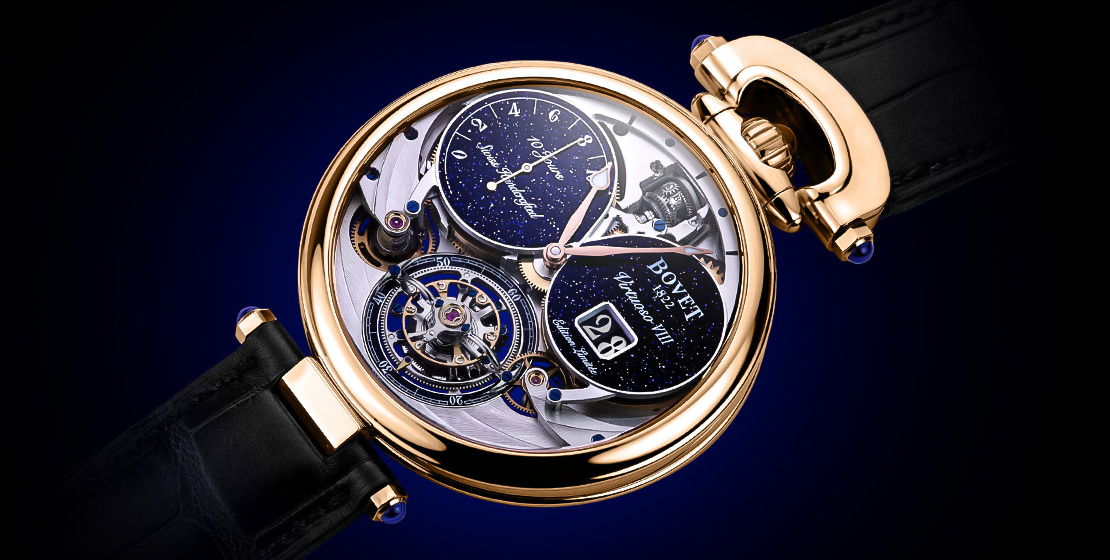

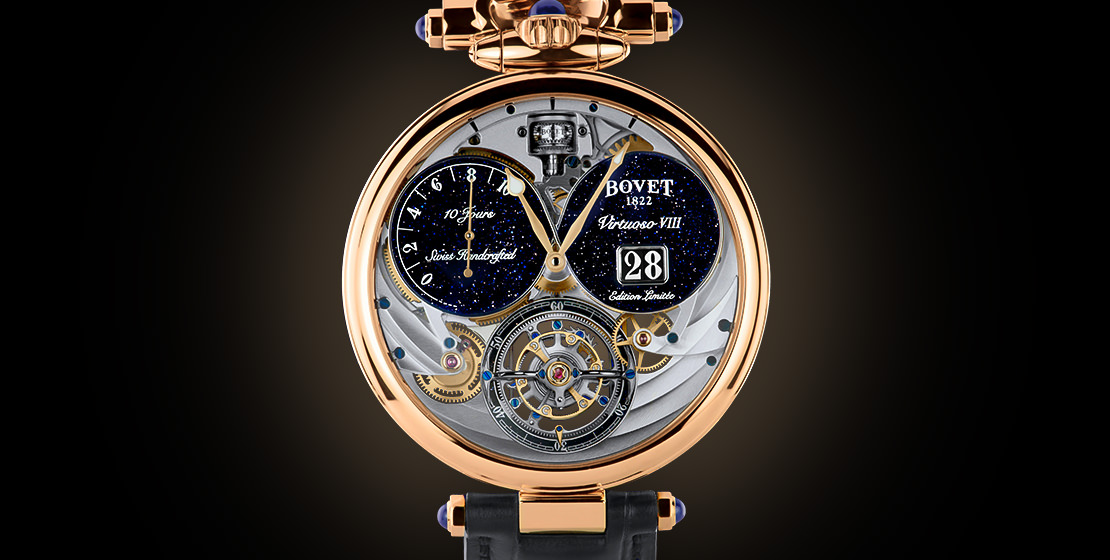
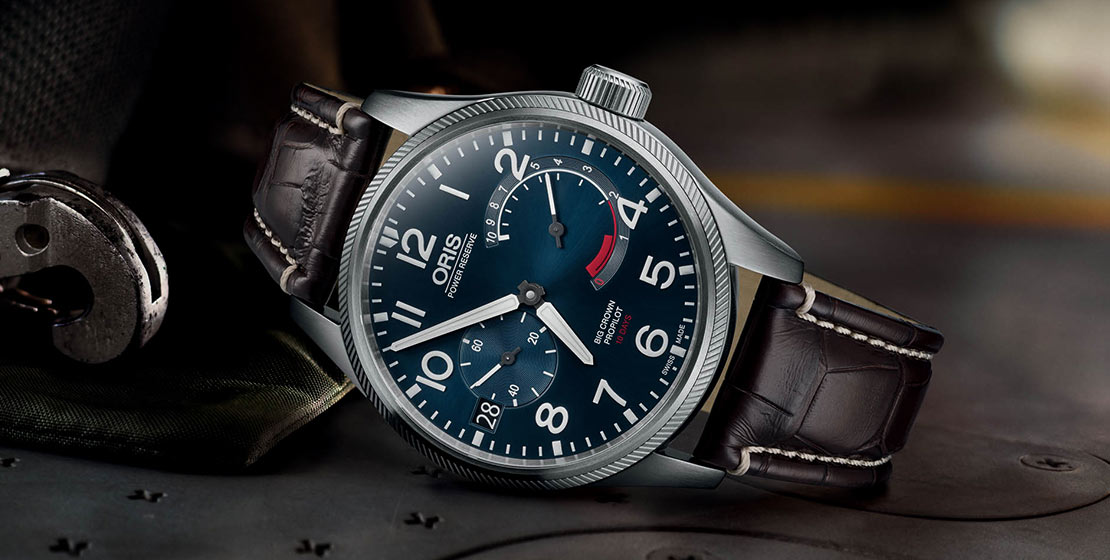
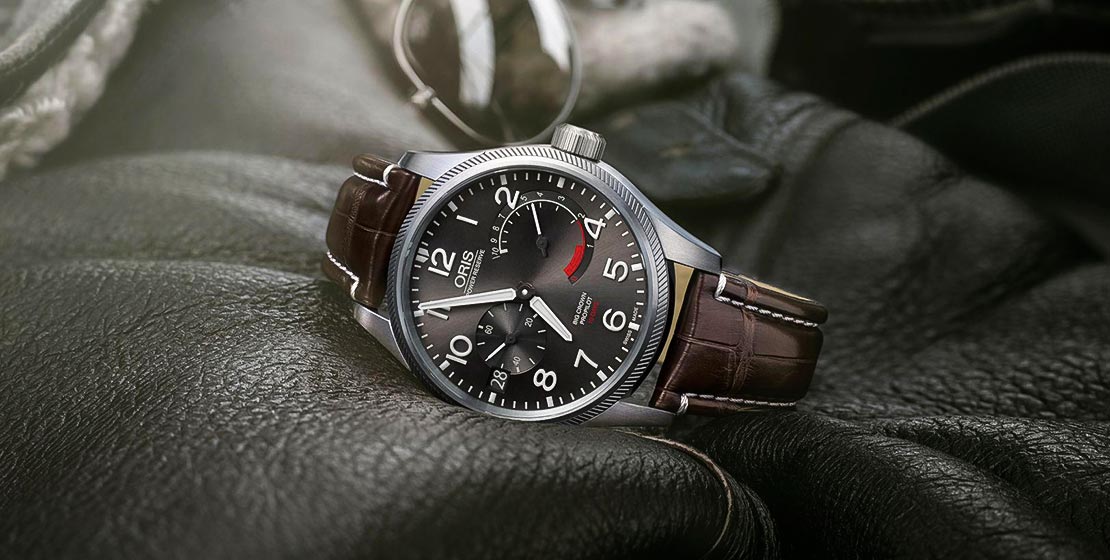
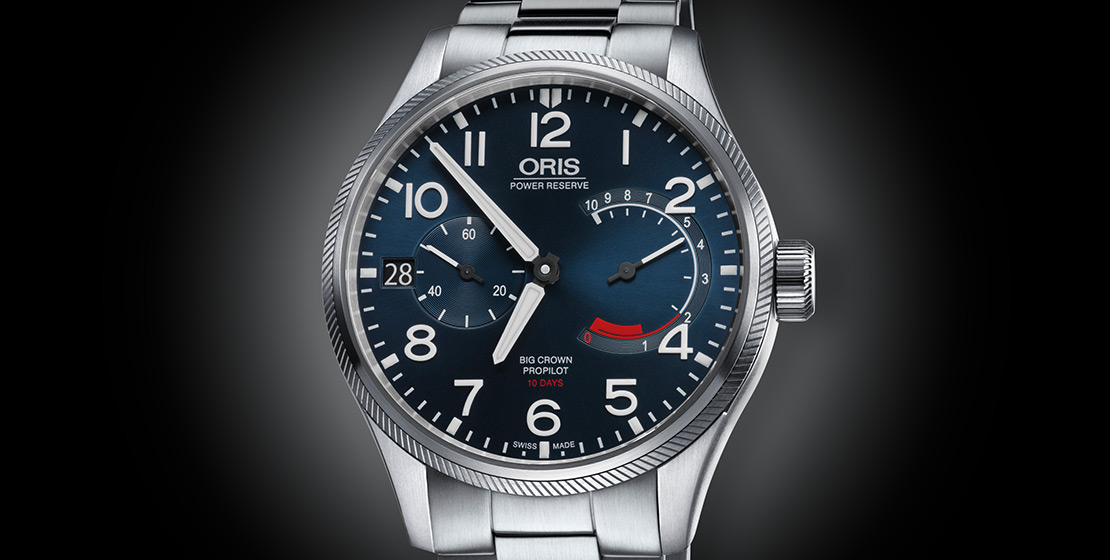
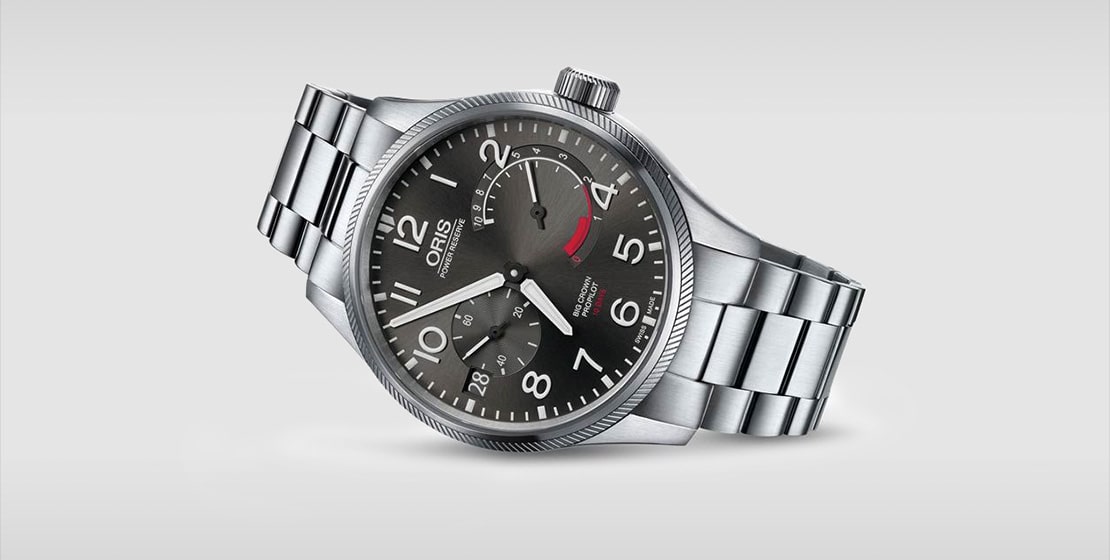

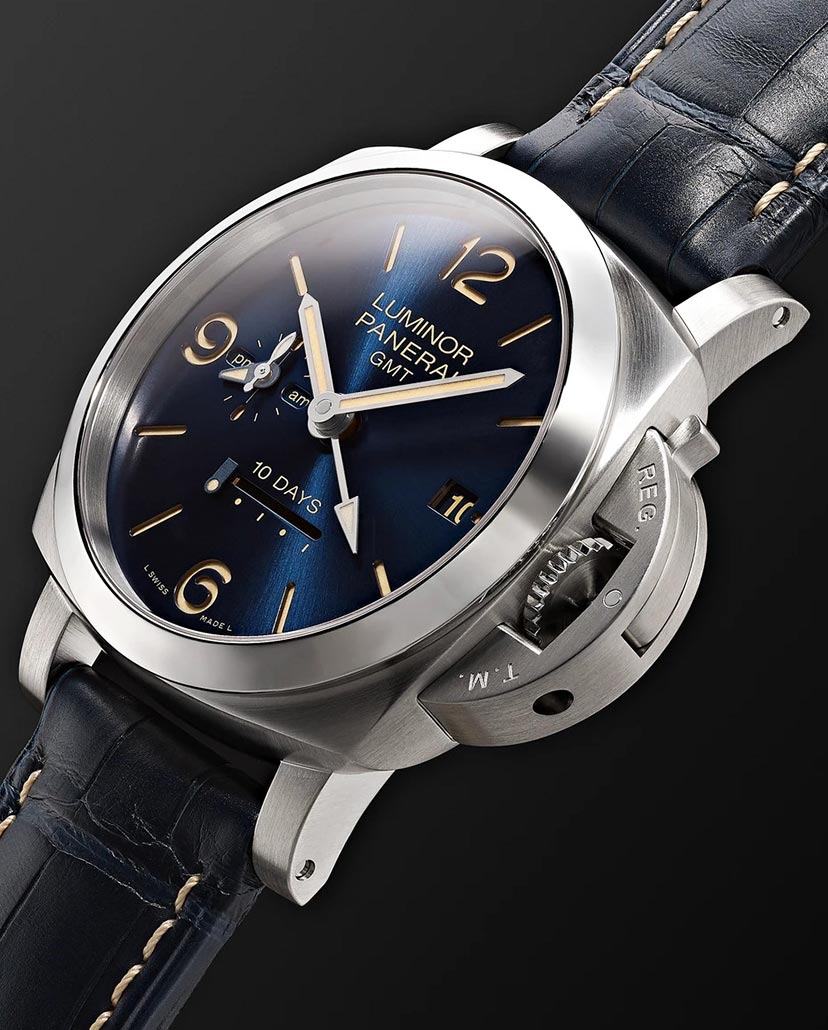
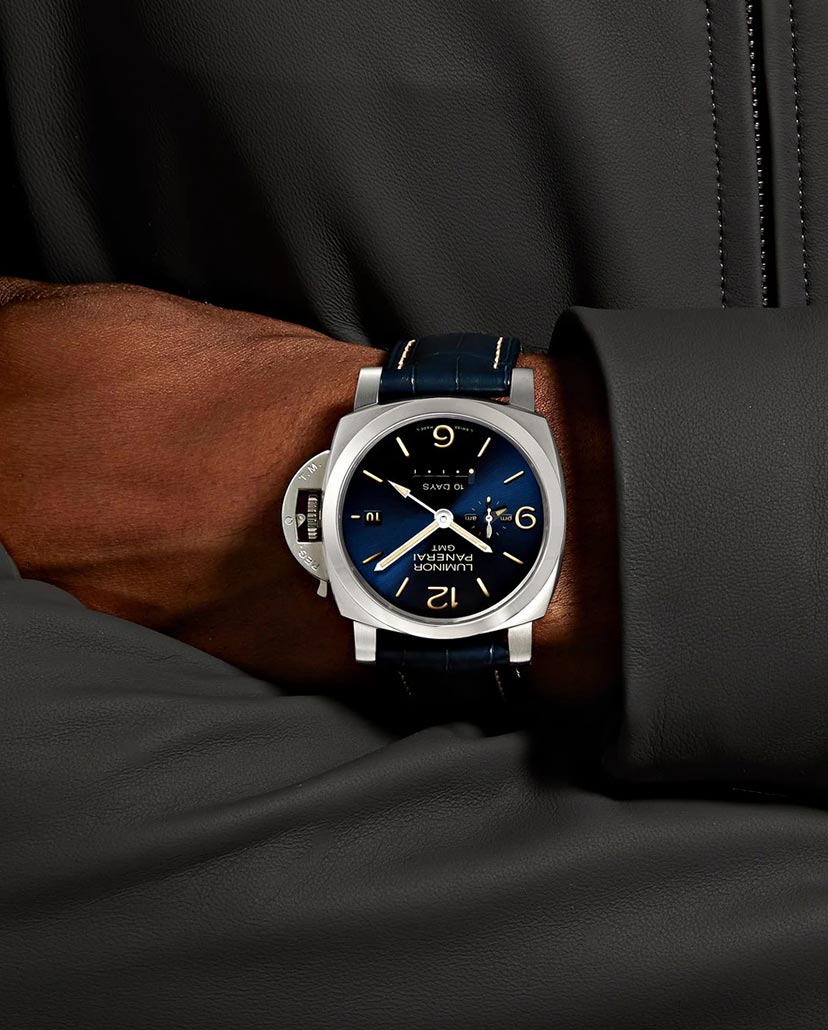


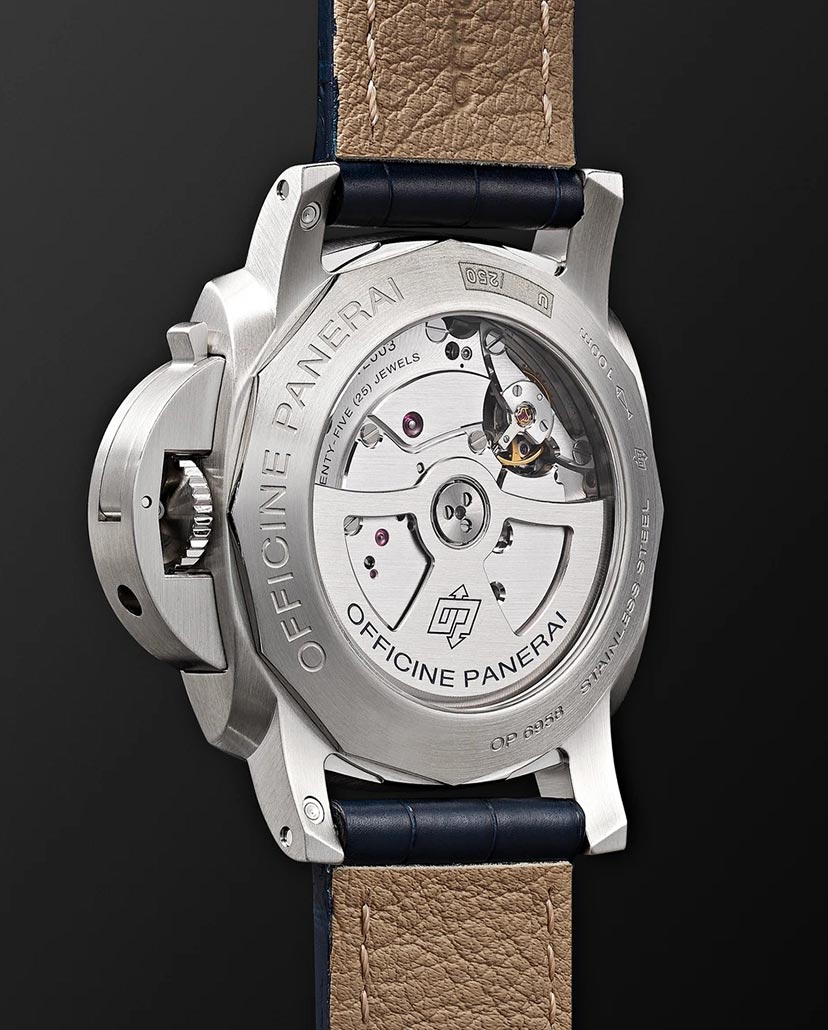

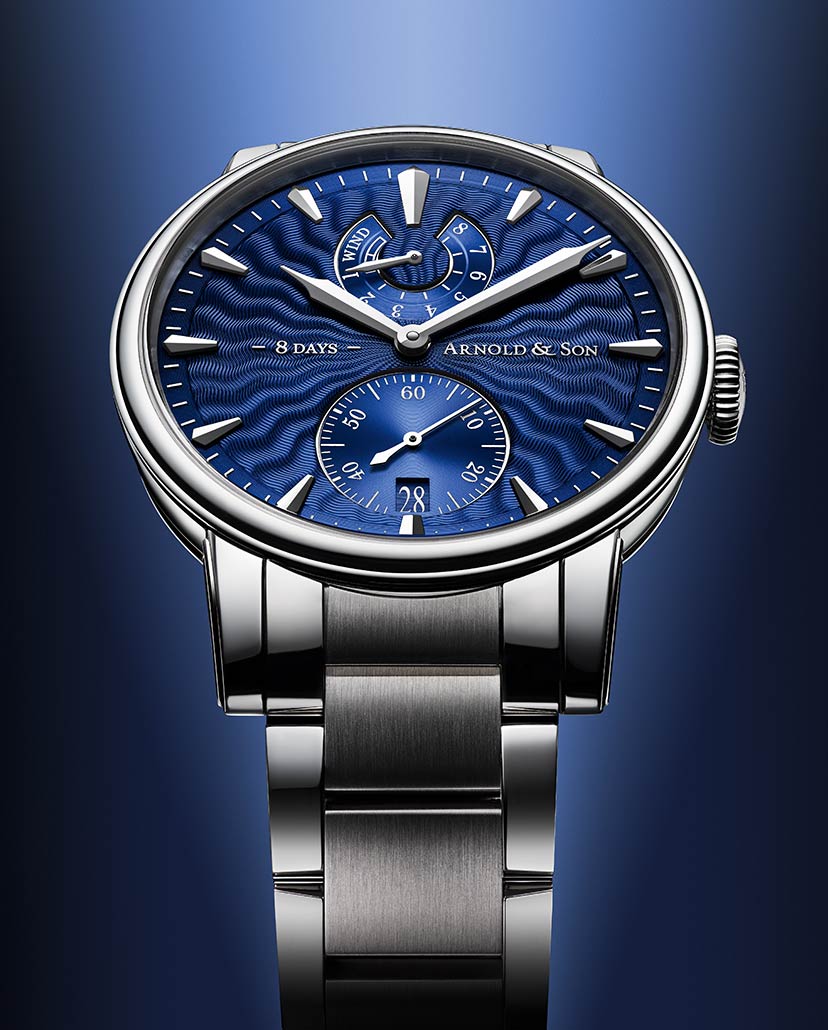



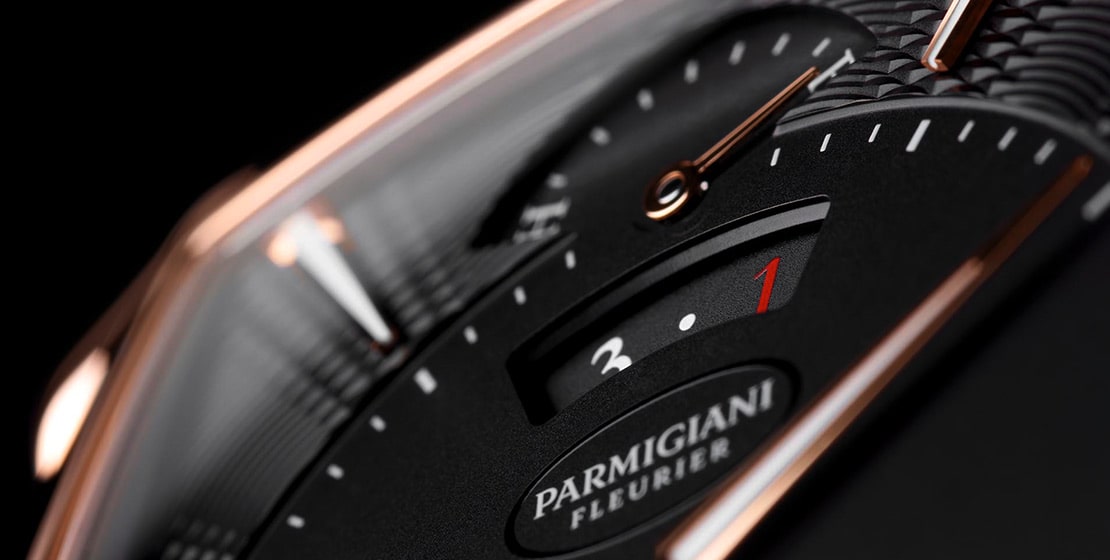

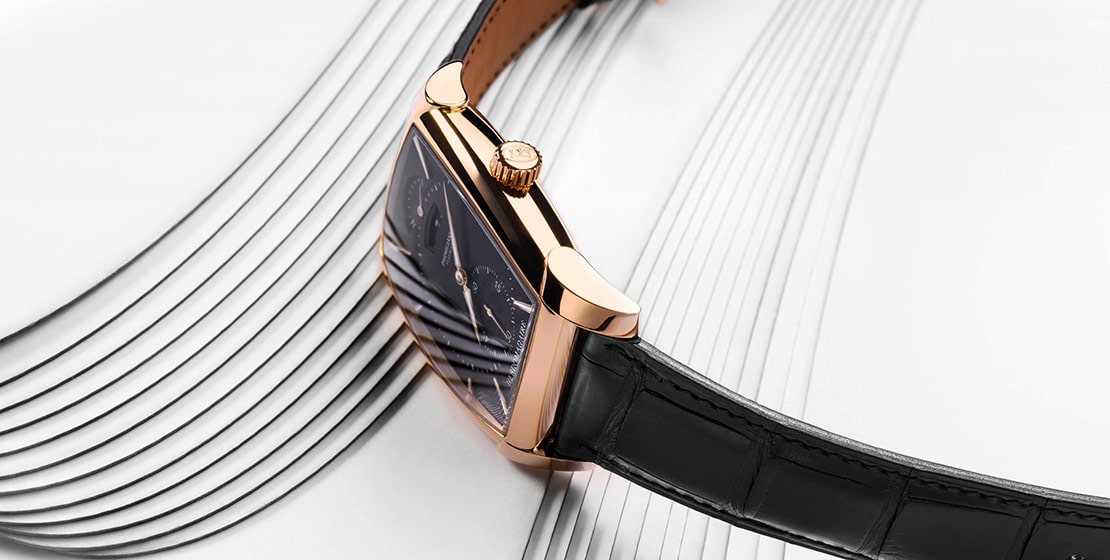
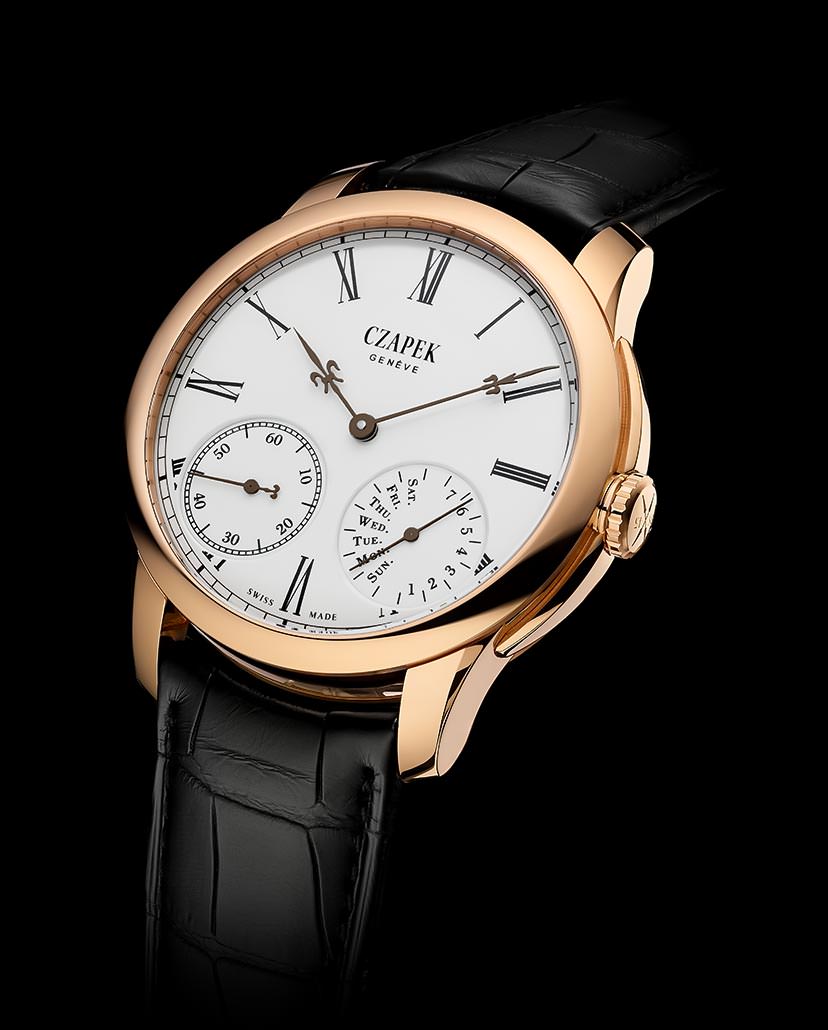

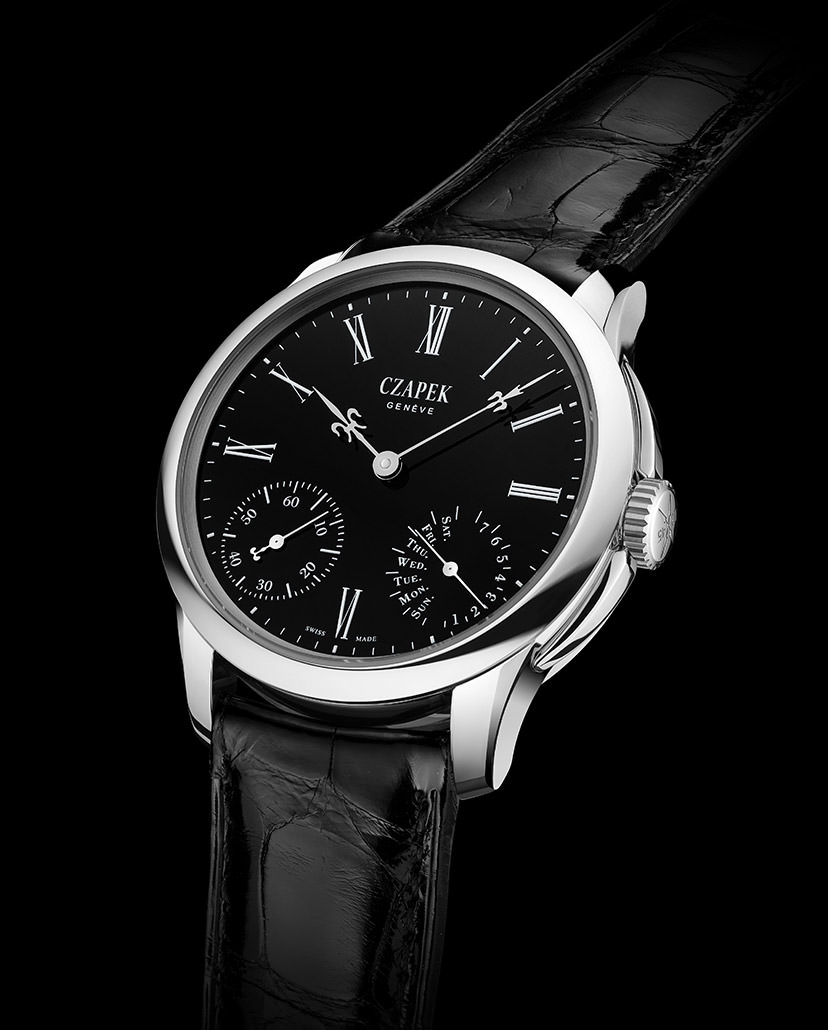
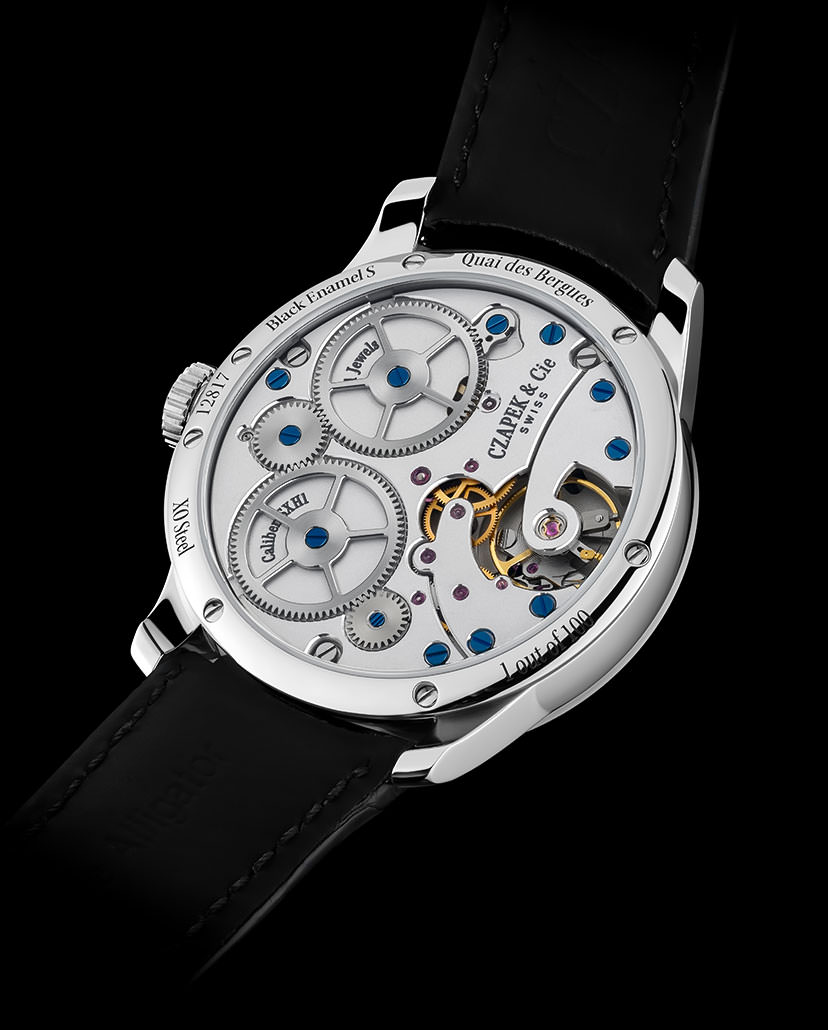


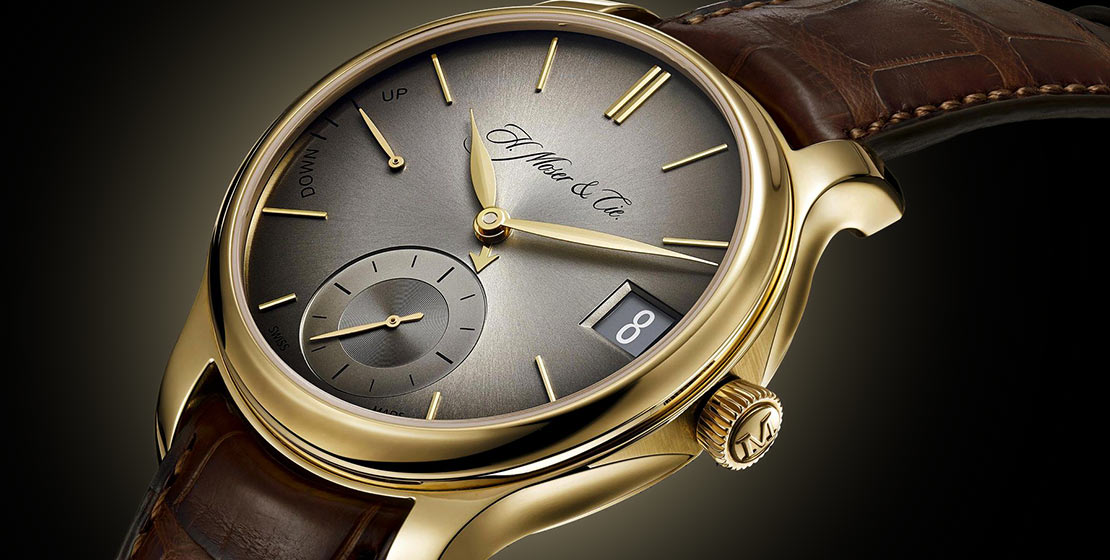

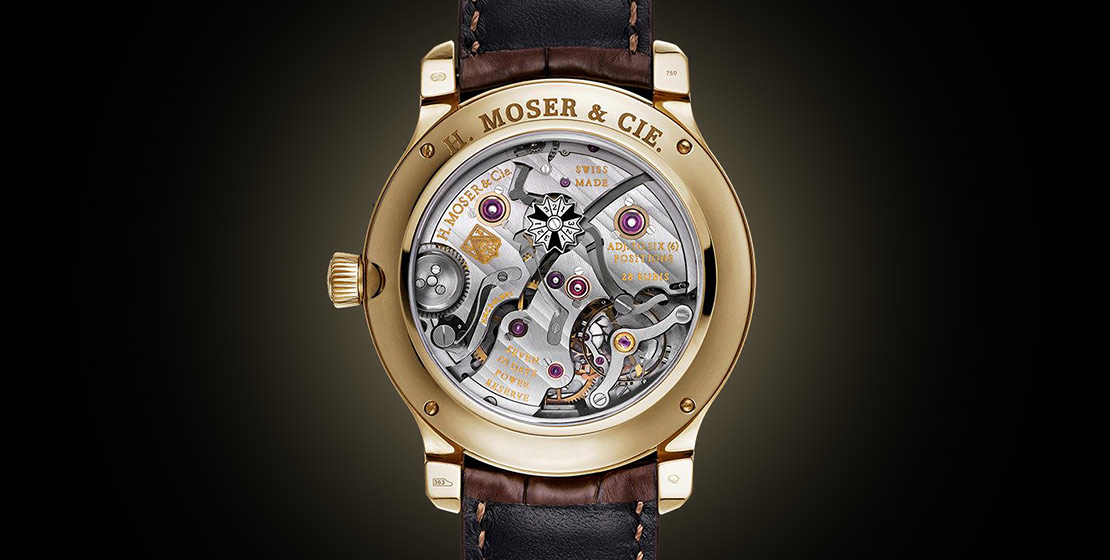

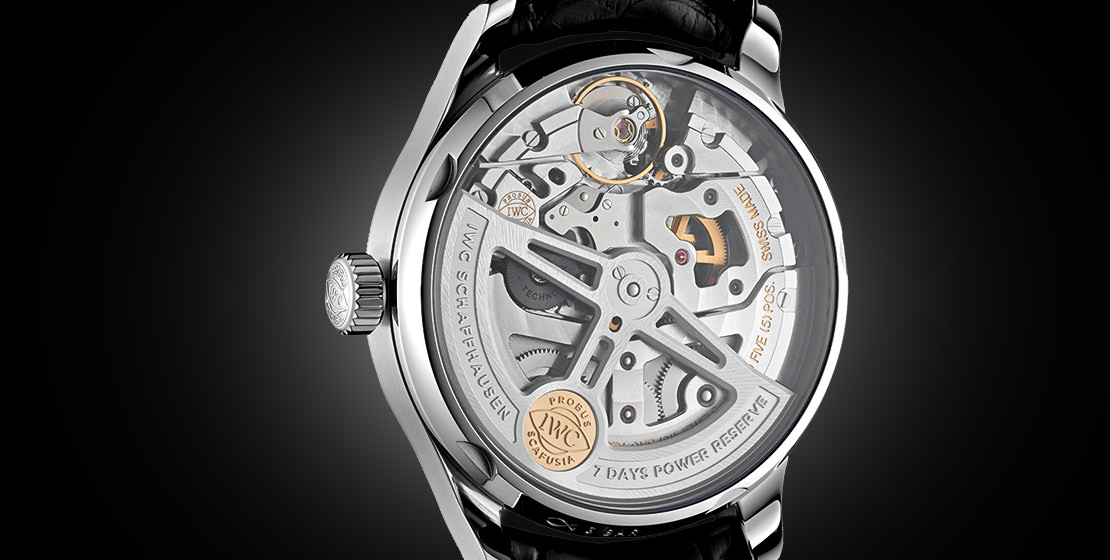
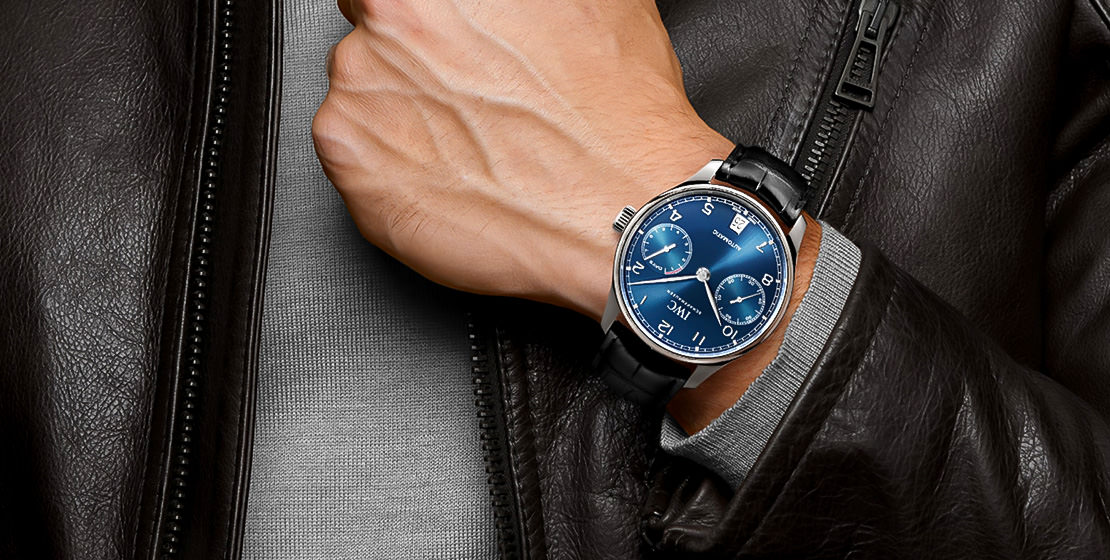

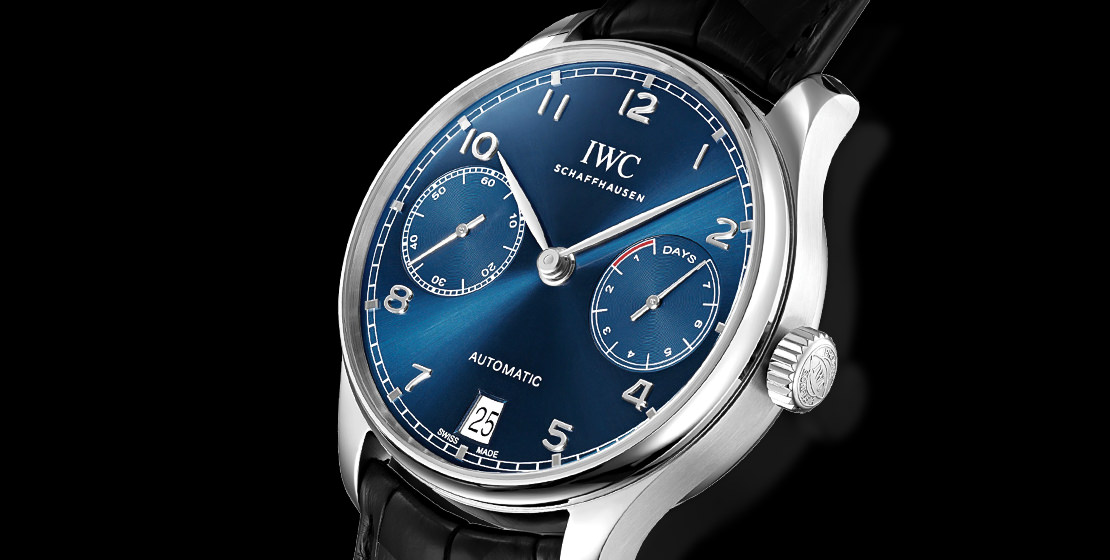

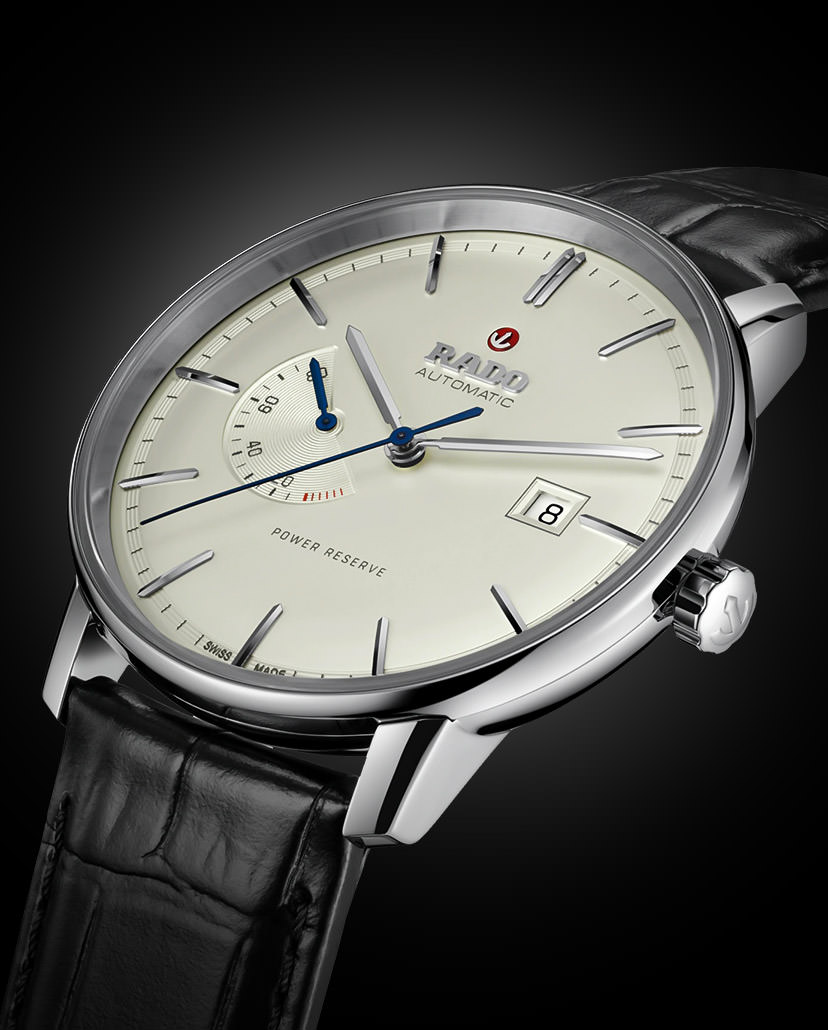
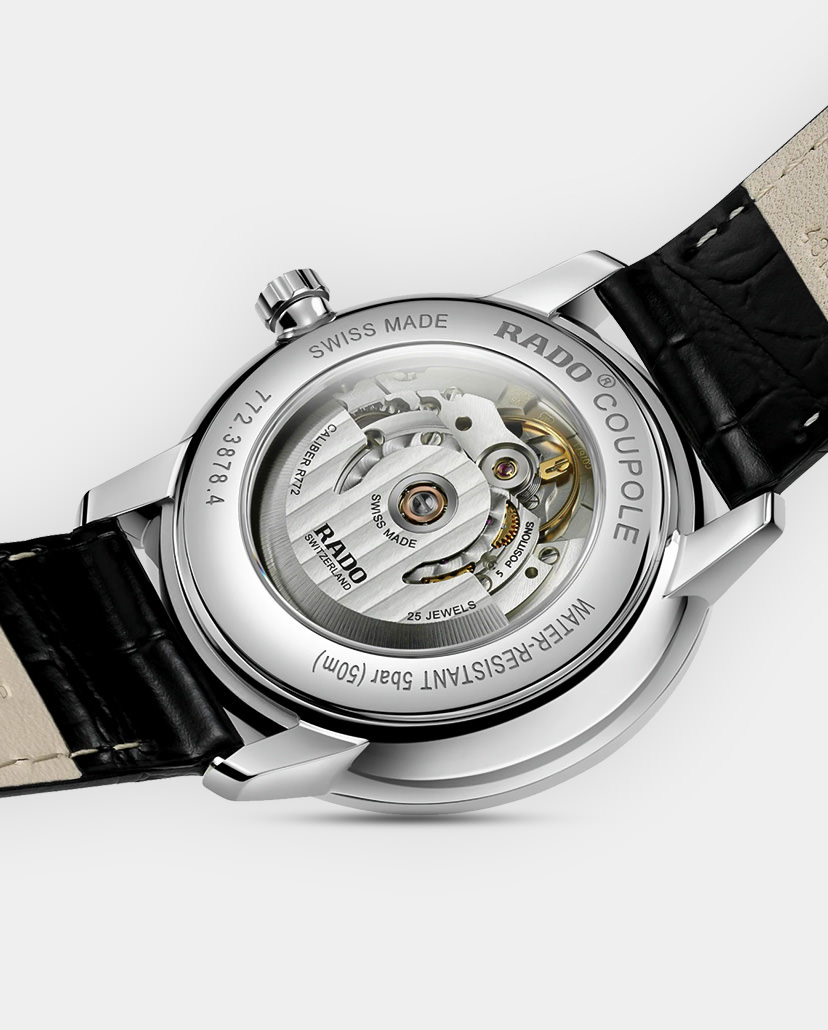
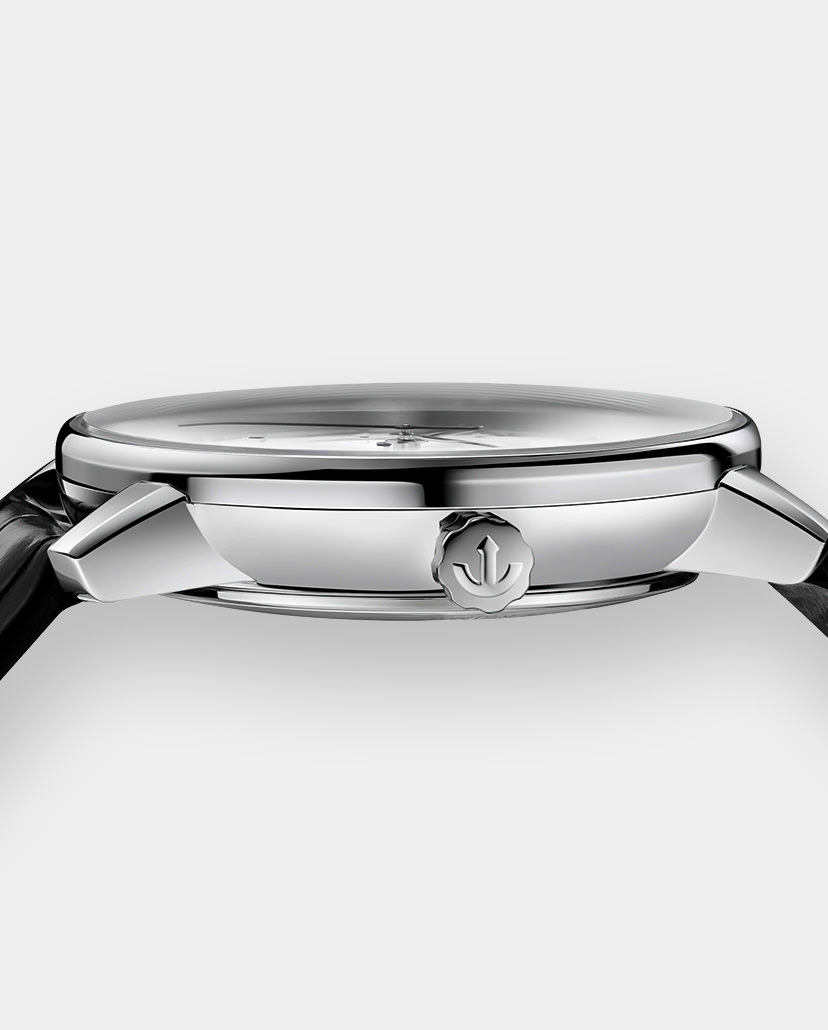
























Awesome read